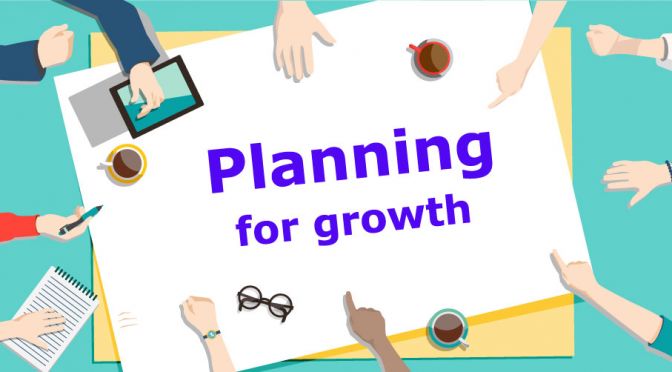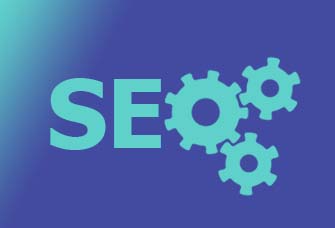Small businesses can benefit from adopting some of the key best practices large companies does when it comes to planning growth of their ecommerce business.
Planning growth gives your business a guide to achieving your business objectives with profitability and expense control. It allows you to see into the future how your cash requirements are going to look like, what sales potential your business have, and the extent of expansion your business might be capable of.
Planning for growth also allows you to make revisions and adjustments to business goals down the road – quarterly, semi-annual, etc.
I have been involve in a lot of corporate planning over the years, and I came up with a few things companies do when planning growth.
Let’s discuss some of these key best practices big corporations does when planning
Key #1. Ask employees for key improvement areas
Solicit key employees for areas of success and areas needing improvement. This is an activity that is easy to do and gets people thinking about the process. A couple of examples might be:
“Our parcel shipper met our cut-offs 98% of the time.”
“Our absenteeism rate caused us to carry over customer orders the next day.”
Later, do a deeper dive to determine why and use data to validate the impressions and determine options for improvement.
Key #2. Planning growth on a longer term basis
Whereas, most small businesses plans for an annual sales goal, big companies do a 2 years or even a 5 year growth plan. And some may not even have a detailed plan of how to get there. For a start, it is not easy to plan. Planning growth includes month-by-month goals for sales and expenses as well as profitability.
From our experience, planning growth gets more difficult beyond two or three years, especially with ecommerce businesses which relies on web technology that changes so fast.
Key #3. Instituting a budgeting process to support the growth projections
Place a budget for at least the major expense categories and implement a monthly reporting on the comparisons of “planned” versus the “actual” sales, expenses, and profit.
To make accounting data more timely, reduce the time required to close a fiscal period. Large companies close within two weeks of the end of the month.
This gives them more leeway to interpret the data better in order to make a more disciplined action in the future.
Key #4. Start Planning as soon as Holiday Season Peak is through
In many ecommerce companies 20% of the products provide 80% of sales and maybe a higher percentage of profit. When you look at item profitability, are you doing to allocate advertising and fulfillment expenses to determine net profitability individually? Or are you going to determine it by the sum of the whole business sale for a particular season?
It is important that you are able to evaluate your profitability right after the holiday season peak! The same type of evaluation and planning is needed for all major areas and should become part of the planning process.
Let’s get some ideas as to what these major areas are:
- First of these is your analysis of the shipping carriers and costs.
- Next is how you evaluate hiring and seasonal ramp up
- Another is the labor budget performance
- The review of Key growth metrics
Right after the holiday peak, get on with your team and evaluate, analyze your company profitability and allocations.
Key #5. Communicate monthly sales and profitability to senior staff
Communicate the results of monthly sales and profitability to senior people involved in the process. Help key employees understand how you make money and what the major expenses are. We have found that when given this type of knowledge and feedback, they help grow the business profitably. We believe most employees want to help the company reach its goals and not just pick up a paycheck.
In Conclusion
Online sales via ecommerce fulfillment services are going to dwarf that of traditional brick and mortar retailers. Online Shopping Forecast Worldwide Taking On Huge Steps Forward this coming year. Adopting a longer-term planning process has many advantages for your business. It does take time and will lead to more detailed planning in all major areas of your business. The time and effort invested in the new year leads to improved sales, profitability and improved customer service.
Additional reading:
Ecommerce Stores on Record-breaking Sales this year!
3 Biggest Ecommerce Business Growth Factor Every Merchant Should Learn
Resource on securing your ecommerce store:
Will Your Ecommerce Platform Survive A Cyberattack?
The No. 1 Ecommerce Business Problem You Should Take Care Of this new year
Secure Your Ecommerce Store This Holidays With These Simple Tips







